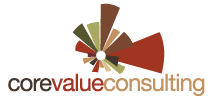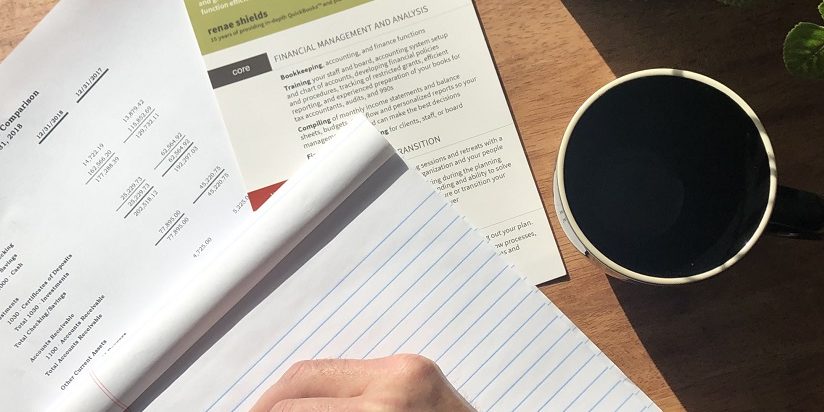“A director should not only be familiar with the content of the organization’s books and records, but should also assure that they are accurate.”
Financial statements prepared from an organization’s bookkeeping records are used to provide financial information to decision makers to help them make plans for the future and control the activities of the organization.
The profit and loss (Statement of Financial Activities) is a valuable tool in determining whether an organization is operating profitably or unprofitably during a specific period in time. This financial statement measures income and expenses and is relatively easy to understand. Many board members receive the profit and loss statement in their board packets on a regular basis.
The balance sheet, however, is a valuable, but often overlooked, tool that board members should also review on a regular basis. In addition to displaying what an organization owns (assets), and owes (liabilities), the balance sheet helps you to determine if an organization is staying solvent over time. It is an important tool in analyzing the trends of the organization – to determine if you are better or worse off than the year before at the same point in time, which assists the staff and board to make wise decisions for the future.
But the balance sheet tells a much bigger story, and can help board members fulfill their oversight role to determine
- whether records are being kept in an accurate manner by checking whether asset accounts such as checking, savings, and investment accounts correspond with monthly bank reconciliation reports
- whether the income being received into the organization on the profit and loss statement is coming in as cash, which is a sure thing, versus whether you are making sales on credit, which will show up in your accounts receivable on the balance sheet. If you are providing services or products on credit, you cannot be certain you will be able to collect everything that is owed to you, and may affect your ability to maintain a positive cash flow. Assure you are getting the full picture by taking your receivables into consideration.
- whether staff is assuring clients/customers are paying their bills in a timely manner by checking accounts receivable to determine if it is logical, given the income of the current year versus the income of the past year. If not, it is a warning sign to look further into the aging of accounts receivable.
- whether staff is paying bills in a timely manner by checking the liability balances and trends of accounts payable and other payables
While these few bullet points are just a small part of the valuable information full balance sheet analysis can provide, they can serve as some quick checks for board members to utilize in their roles and responsibilities as stewards of the nonprofit organizations for which they serve.
Click here and scroll down to set up your first free consultation for board training and bookkeeping/outsourcing services.

